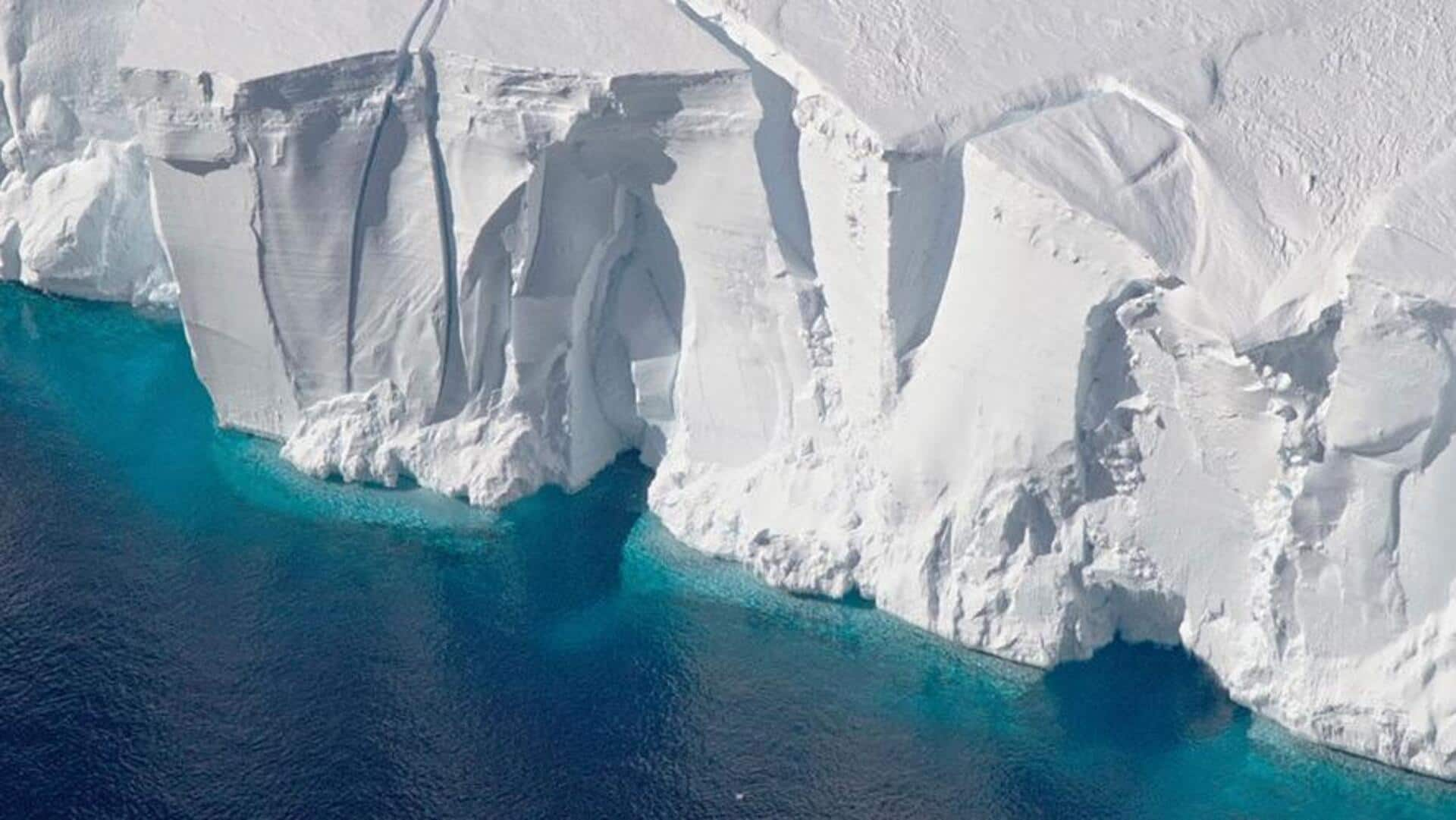
After 30 years of slumber, world's biggest iceberg starts moving
What's the story
The world's largest iceberg, A23a, which has been grounded in the Weddell Sea for over three decades, is finally on the move, per the BBC. This massive chunk of ice, covering an area of nearly 4,000 sq. km. and twice the size of Greater London, broke away from the Antarctic coastline in 1986. The A23a first started to shift from its long-standing position in 2020.
Details
Gigantic proportions of A23a
The A23a is 400 meters thick. For reference, Europe's tallest skyscraper, the London Shard, is 310 meter tall. A23a was part of a large group of icebergs that broke off from Antarctica's Filchner Ice Shelf in 1986, which—at the time—housed a Soviet research station. Moscow sent an expedition to retrieve equipment from this base, fearing it would be lost. However, A23a's deep keel kept it firmly anchored to the Weddell's bottom muds, preventing it from drifting far from the coast.
What Next?
A23a's current movement and potential path
Recently, A23a has picked up speed due to winds and currents and is now passing the northern tip of the Antarctic Peninsula. It is expected to be swept into the Antarctic Circumpolar Current, which will likely propel it toward the South Atlantic. Scientists are keeping a close eye on A23a's journey as it could potentially interfere with the feeding routes of millions of seals, penguins, and other seabirds that breed on South Georgia Island if it becomes grounded there.
Insights
Environmental impact and importance of icebergs
Icebergs play a vital role in the environment. Dr. Catherine Walker from the Woods Hole Oceanographic Institution states, "In many ways these icebergs are life-giving; they are the origin point for a lot of biological activity." As icebergs melt, they release mineral dust that serves as a nutrient source for organisms at the base of ocean food chains. However, all icebergs, regardless of their size, are eventually bound to melt and disintegrate.